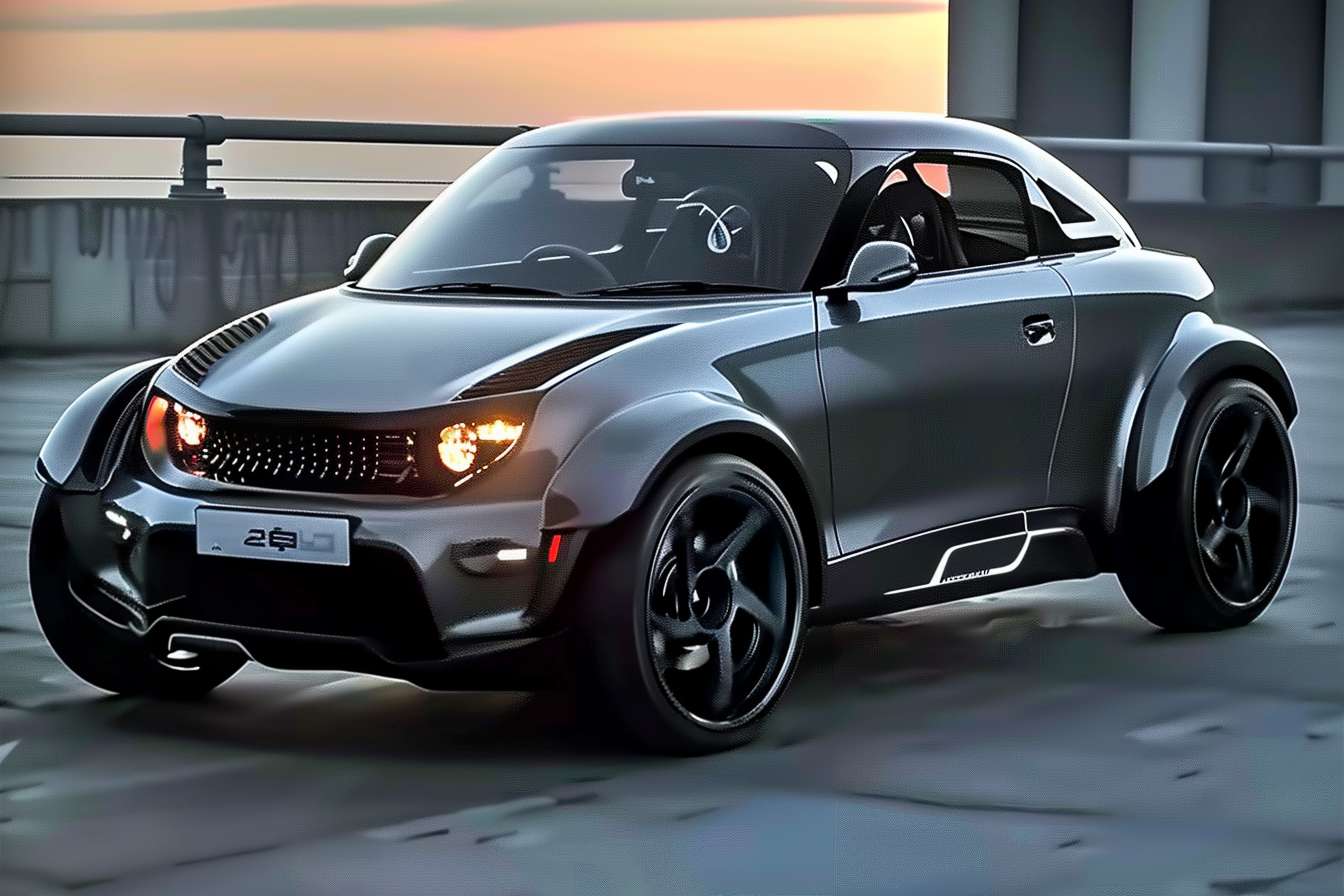Buying a Used Hellcat: Practical Guide to Finding, Inspecting, and Purchasing a Dodge Hellcat
The Dodge Hellcat represents one of the most powerful production muscle cars available on the used market today. With supercharged V8 engines producing over 700 horsepower, these vehicles offer extraordinary performance at a fraction of their original cost. However, purchasing a used high-performance vehicle requires careful consideration of mechanical condition, ownership history, and long-term costs. This guide provides comprehensive information to help prospective buyers navigate the process of finding, inspecting, and purchasing a used Hellcat with confidence.

Purchasing a used Dodge Hellcat requires thorough research and careful inspection due to the high-performance nature of these vehicles. Understanding the differences between models, recognizing potential issues, and knowing where to find reliable examples can help buyers make informed decisions.
Overview of Hellcat Models and Engine Specifications
The Hellcat nameplate appears on two distinct body styles: the Dodge Challenger and Dodge Charger. The Challenger Hellcat debuted in 2015 as a two-door coupe emphasizing straight-line performance and retro styling. The Charger Hellcat arrived the same year as a four-door sedan offering similar power with added practicality. Both models feature the supercharged 6.2-liter HEMI V8 engine producing 707 horsepower in standard form. Later model years introduced variants including the Hellcat Redeye with 797 horsepower and the limited-production Demon with 808 horsepower on pump gas. Transmission options include a six-speed manual or eight-speed automatic. Model year updates brought improved cooling systems, revised suspension tuning, and enhanced interior technology. Understanding these differences helps buyers identify which variant best suits their needs and budget.
Common Mechanical and Wear Issues to Watch For
High-performance vehicles like the Hellcat experience specific wear patterns and mechanical concerns. The supercharger system requires regular maintenance and can develop belt wear or bearing noise if neglected. Drivetrain components including the differential, axles, and driveshaft face significant stress from high torque output and may show premature wear in vehicles subjected to aggressive driving or drag racing. Brake systems wear rapidly due to the vehicle’s weight and performance capabilities, with rotors and pads requiring frequent replacement. Tires typically last 10,000 to 15,000 miles under normal driving conditions and even less with spirited use. Suspension bushings and components can wear prematurely from hard launches and track use. Cooling system components including radiators, thermostats, and hoses should be inspected for leaks or degradation. Engine mounts may crack or separate from repeated high-power launches. Documentation of regular maintenance and mechanical sympathy during ownership significantly impacts long-term reliability.
Detailed Inspection Checklist for Used Hellcat Buyers
A comprehensive pre-purchase inspection should cover all major systems. Engine inspection includes checking for oil leaks, unusual noises, smooth idle quality, and proper supercharger operation without whining or grinding sounds. Transmission evaluation requires smooth shifting across all gears without slipping, delayed engagement, or harsh transitions. Suspension components should be examined for leaks in the adaptive dampers, worn bushings, and proper alignment. Electronics testing must verify all infotainment functions, gauge cluster operation, driver assistance features, and climate control systems work correctly. Performance modifications require special attention as aftermarket supercharger pulleys, tuning, exhaust systems, or suspension changes can void warranties and create reliability concerns. Inspect the undercarriage for signs of track use, curb damage, or collision repairs. Request a professional inspection from a mechanic experienced with high-performance vehicles before finalizing any purchase.
Evaluating Vehicle History and Ownership Costs
A thorough vehicle history report reveals critical information about previous ownership, accident history, title status, and service records. Multiple owners in a short period may indicate problems, while single-owner vehicles with complete service documentation typically represent better values. Maintenance records should show regular oil changes using appropriate synthetic lubricants, transmission services, differential fluid changes, and cooling system maintenance. Ownership costs extend beyond the purchase price and include fuel consumption averaging 13-16 mpg in mixed driving, premium fuel requirements, frequent tire replacements, and brake service. Insurance premiums for Hellcat models typically exceed standard vehicles significantly due to high performance capabilities and replacement costs. Annual maintenance budgets should account for oil changes every 5,000 miles, tire replacements, brake service, and potential repairs to high-stress components. Buyers should research insurance quotes and calculate total ownership costs before committing to a purchase.
Finding Reliable Listings and Negotiation Strategies
Multiple sources exist for locating used Hellcat vehicles. Franchised Dodge dealerships often carry certified pre-owned examples with factory-backed warranties providing additional peace of mind. Independent dealers specializing in performance vehicles may offer competitive pricing and financing options. Enthusiast forums and online communities frequently feature private party sales from owners who maintained their vehicles meticulously. Online marketplaces aggregate listings from multiple sources but require careful vetting of sellers and vehicle condition. When negotiating price, research comparable sales in your region using pricing guides and recent transaction data. Vehicles with complete service records, low mileage, and stock configurations typically command premium prices. Examples showing modifications, high mileage, or incomplete documentation provide negotiation leverage. Request extended warranty options for added protection against expensive repairs. Arrange independent inspections before finalizing any agreement and be prepared to walk away if concerns arise during evaluation.
Conclusion
Purchasing a used Hellcat offers access to extraordinary performance at reduced cost compared to new models. Success requires understanding model differences, recognizing common issues, conducting thorough inspections, evaluating ownership costs, and finding reputable sellers. Buyers who approach the process methodically with realistic expectations about maintenance requirements and operating expenses can enjoy these remarkable vehicles while minimizing unexpected problems. Proper due diligence and professional inspections protect against costly mistakes and ensure years of high-performance driving enjoyment.




